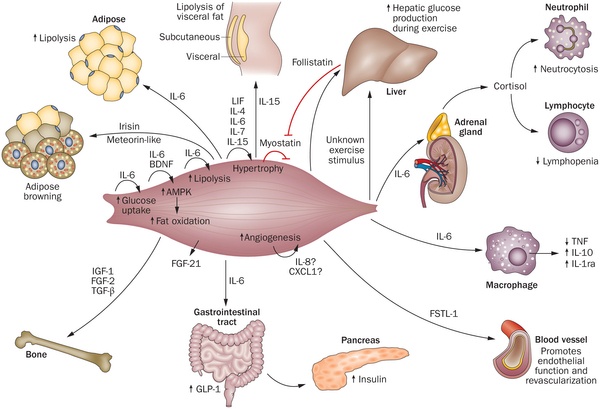Muscle weakness is directly linked with bone loss of bone strength and general health – impacting many organs directly.
Sarcopaenia describes a clinical condition of reduced muscle mass and strength. Sarcopaenia is associated with inactivity and ageing. Sarcopaenia-related impaired muscle function gives rise to poor balance, gait and overall ability to undertake daily activities.
The prevailing view has been that muscle loss and other signs associated with ageing are an inevitable process. However, an accumulation of scientific research indicates that the development of sarcopaenia can altered and muscle strength improved.
Loss of muscle mass, strength and function

Normal muscle mass is on the left, and muscle wasting is on the right. (Courtesy of IOF)
Relative inactive is a common cause of sarcopenia, but we are now discovering there are complex and multifaceted processes involved, including:
- Hormone changes
- Diet
- Neuromuscular function
- Reduced activities
Lifetime changes in muscle mass and strength – environmental changes can lower the disability threshold. (Courtesy of IOF)
Prevention and treatment
At the London Osteoporosis Clinic, we seek to understand the interplay of factors that lead to the development of sarcopenia and osteoporosis. We use the latest research to reverse sarcopenia and offer treatments to reverse osteoporosis.




One Comment